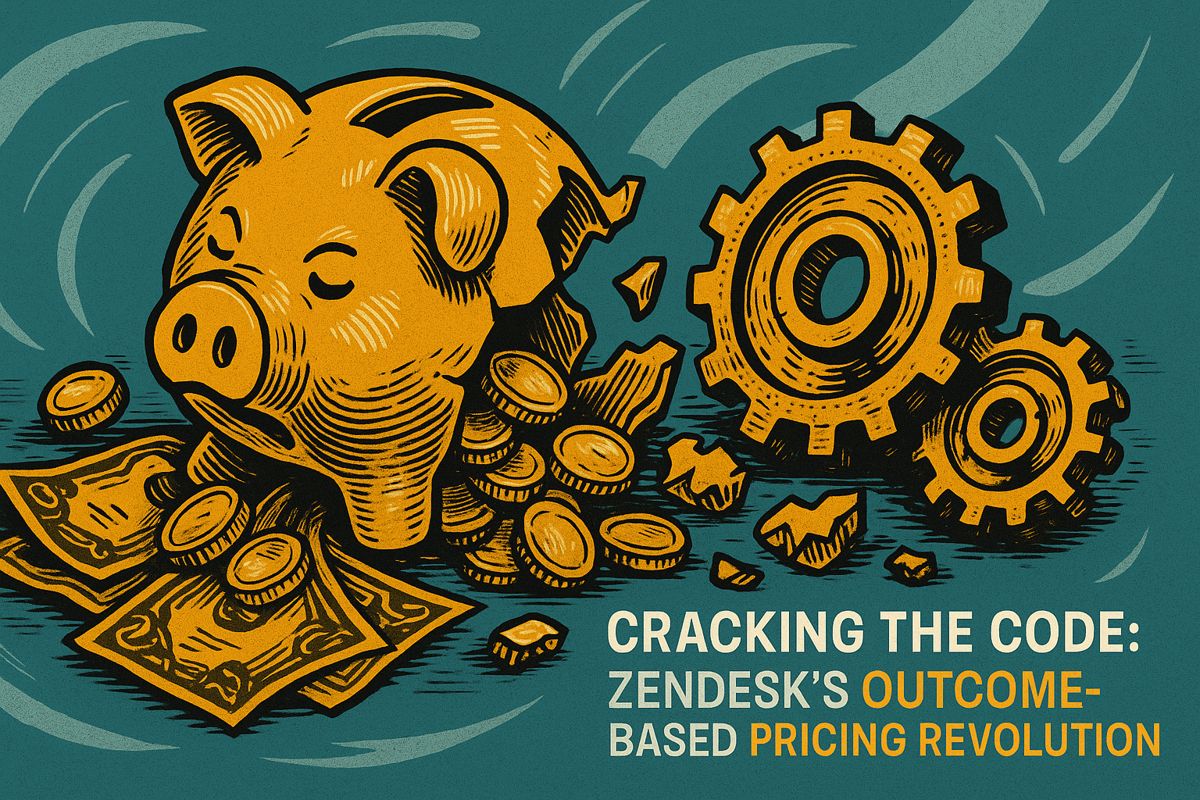Portable AI memory lets your data, like preferences and chat history, move easily between different AI apps, making life simpler and more personal. This breaks down barriers so you don’t have to start from scratch every time you use a new tool – AI just remembers you. New tech like open APIs and special memory wallets help keep your info safe while letting you stay in control. As a result, AI becomes faster, smarter, and better at helping you, no matter which app you use.
What is portable AI memory and why is it important in 2025?
Portable AI memory allows your preferences, chat histories, and project data to move seamlessly between AI systems, boosting productivity and personalization. By breaking down “memory walled gardens,” it enables smoother onboarding, unified insights, greater user control, and faster innovation across connected apps.
A Guide to Portable AI Memory and Interoperability
Why portable AI memory matters in 2025
AI systems finally understand context, yet most still keep that knowledge locked inside proprietary silos. Tim O’Reilly’s 2025 essay on Asimov’s Addendum calls this the “memory walled garden” problem: user preferences, chat history, and project files live in one model and cannot travel to another. The result is repetitive onboarding, fragmented insights, and slower innovation.
Productivity lift
- Teams switching between design tools and coding assistants save time when every agent already knows file structures and style guides.
- Enterprises with unified AI memory report faster onboarding for new projects because contextual data is instantly available.
Personalization across apps
A travel assistant that already knows your preferred seat or a sales bot aware of last quarter’s targets delivers smoother experiences without repeated prompts.
How walled gardens block progress
Limited ecosystem innovation
Third-party apps cannot extend or remix user memory, so each provider must rebuild the same features instead of focusing on unique value.
User control and privacy gaps
When data is siloed, exporting or auditing personal information becomes difficult. Users lack a clear view of what the system retains.
Scalability bottlenecks
Growing model sizes strain bandwidth and energy budgets. Memory access is now as costly as compute, creating what engineers call the “memory wall”.
Opening the gates: Emerging solutions
Open Memory APIs
O’Reilly suggests a Model Context Protocol that works like OAuth but for memory. An AI client could request access, sync context, and update it dynamically, decoupling user data from any single model.
Federated memory wallets
Independent “wallets” store long-term context, while individual apps keep short-term notes. Users grant time-boxed permissions, improving oversight without sacrificing convenience.
Memory-centric hardware
The AI memory chip market is projected to grow at a 27.5 percent CAGR through 2034, according to Vasro. Advances such as high-bandwidth memory and near-memory compute lessen the cost of fetching large context windows, enabling richer portable memories.
Implementation checklist
- Map which user data truly improves model output.
- Store sensitive context in encrypted vaults with granular scopes.
- Expose REST endpoints that follow the proposed Model Context Protocol.
- Log every read and write for auditability.
Frequently Asked Questions (FAQ)
Is sharing AI memory safe?
Yes, when access tokens expire quickly and data is encrypted in transit and at rest. Fine-grained scopes ensure apps only see what they need.
How does portable memory differ from chat history export?
Chat exports are static. Portable memory stays in sync in real time, so every model sees updated preferences and project context instantly.
Will open APIs hurt proprietary advantage?
Providers still own their models and interface design. Opening memory simply broadens the market and attracts developers who extend the platform.
What minimum data should be portable?
Start with user profile basics, recurring tasks, and domain objects (e.g., contacts, repositories). Expand once security controls mature.
Portable AI memory turns context into a shared asset that follows the user, not a single vendor. Open Memory APIs, federated wallets, and new hardware erase today’s silos, paving the way for faster personalization and healthier competition across the AI ecosystem.
What exactly is “portable AI memory” and why is it different from today’s chat history?
Portable AI memory is a user-owned, cross-platform record of context, preferences and accumulated knowledge that any AI client can request, update and respect.
Unlike today’s chat history that lives inside one walled garden (ChatGPT logs stay inside OpenAI, Claude logs stay inside Anthropic), portable memory is stored in an open format and exposed through an API so that your travel bot, code assistant and medical scribe all draw from the same up-to-date profile without asking you to re-enter allergies, coding style or seat preferences every time.
How would an open memory API work in practice?
The Model Context Protocol (MCP) server model is the most concrete proposal: an OAuth-style endpoint that exposes read/write permissions to a user’s encrypted memory vault.
When you start a new AI session, the client requests a token, downloads only the slice of memory it needs (e.g., “Python shortcuts” or “vegan recipes”), and can push new facts back to the vault at the end of the conversation.
Tim O’Reilly and Ilan Strauss sketch the flow in Asimov’s Addendum: “OpenAI and Anthropic should expose their memory systems as an MCP server… enabling dynamic syncing, authorization, and access… so users can pick any AI client.”
What concrete benefits can users expect once memory is portable?
- Zero onboarding friction – A new productivity app already knows your project folders, meeting style and KPI definitions.
- Vendor independence – You can leave a platform without losing years of curated context; the vault moves with you.
- Hyper-personalized services – Health apps could instantly respect your allergy list, and creative tools could preload your color palette, tone of voice and asset library.
Early pilots show 30-40 % reduction in repetitive prompt length when the agent starts with a pre-filled memory pack.
Which technical and security hurdles still block adoption?
- Interoperability gaps – No agreed schema for encoding “memory atoms” (facts vs. preferences vs. temporary context).
- Privacy surface area – The more apps that can read your vault, the higher the chance of over-sharing; granular ACLs and differential privacy layers are still experimental.
- Economic incentives – Platforms monetize stickiness; opening memory weakens lock-in, so business models need to shift from data hoarding to memory-as-a-service.
Are any companies or regulators already pushing for open memory?
Policy momentum: The EU’s AI Act draft (trilogue version, 2025) now includes an article on “user data portability for interactive AI systems,” which could mandate memory export by 2027.
Industry experiments: Mozilla’s Memory-Pixel open-source project and startup Memori have released MCP-compatible reference implementations; over 4 200 developers have forked the repo since March 2025, indicating strong grassroots interest even before the big providers commit.



















